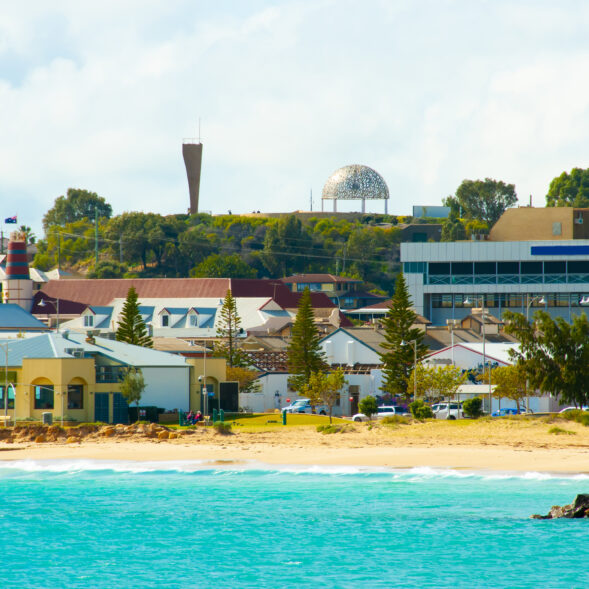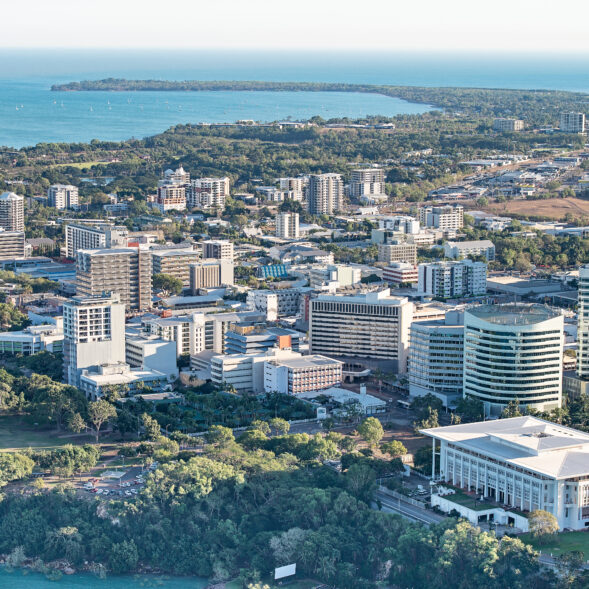As we kick off the second half of the year, it’s time to take stock of how the various residential markets around the country have been performing throughout the first six months of 2024.
There is little doubt that interest rates are the main driver in most markets at the moment. At the start of the year, many economists were forecasting that the cash rate would see a cut as early as June, with possibly three cuts by the end of the year. This saw some optimism and increased activity across most capitals with median prices increasing throughout the first quarter of the year.
However stubborn inflation numbers over the past few months continue to push estimates for a rate cut back. Many economists are now forecasting the cut won’t come until 2025, and there’s even a chance of a cash rate increase in the next few months. This has resulted in the major capital markets in Sydney and Melbourne, along with the smaller capital markets in Hobart, Darwin and Canberra, starting to flatline, and in some cases decline, as buyers and sellers enter the winter season in somewhat of a holding pattern.
The mid-sized capitals of Brisbane, Adelaide and Perth continue to power through, all on track for double digit annual growth – in fact, Perth already achieved that in the first half of the year. According to CoreLogic, Brisbane now has a higher median dwelling value than both Melbourne and Canberra, showing the continued strength in that market post the pandemic.
Median values in regional areas seem to generally be tracking in line with their state capitals so far in 2024, with the exceptions of regional Tasmania performing slightly better than Hobart, while regional Western Australia, although still performing very strongly, is tracking slightly behind Perth.
Another factor that continues to underpin many residential markets is the lack of supply of new dwellings, which have not kept pace with demand. Increasing demand has mainly been driven by significant increases to immigration numbers over the past couple of years but also from a decline in the average number of people per household, as buyers and renters seek more room to be able to work from home post-Covid.
Whilst the federal and state governments continue to introduce policy ideas to help boost supply of new housing, these are likely to be medium- to long-term solutions, with new building approvals continuing to lag and an increasing number of projects becoming unfeasible due to the cost of materials, shortage of skilled labour, increasing developer levies, and the cost and time involved in getting projects approved.
As a result, we are not only seeing property values hold up or increase during a period of relatively high interest rates and cost of living pressures, we are also seeing rental vacancy rates remain at historic lows, leading to continued strong growth in asking rents across nearly all capital cities for both houses and units.
Of course, different local markets and price segments perform independently, and so for the latest insights into these, our local experts around the country provide their take on how their markets have performed so far in 2024.
Shaun Thomas








